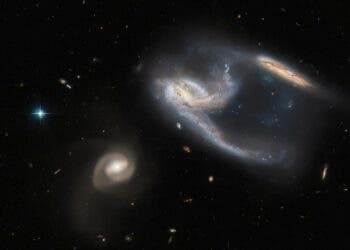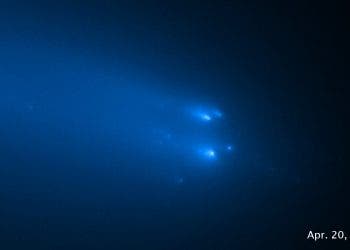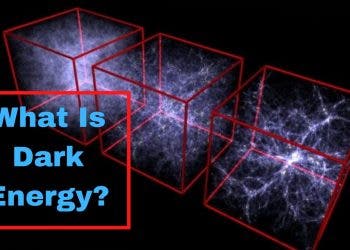The general consensus was that a star called Fomalhaut doesn’t host any planet. But astronomers, the thorough people they are, decided to take another look at it using the Hubble Space Telescope – and the results contradicted the everything, claiming that Fomalhaut does in fact have a planet, and furthermore, this planet (Fomalhaut b) is a unique object, completely shrouded by dust.
The system lies 25 light years from us, the constellation Piscis Austrinus. During the first study, in 2008, researchers suggested that the exoplanet lies “inside a vast ring of debris surrounding but offset from the host star”. The location and mass (about 3 times that of Jupiter) seemed to fit in with this theory. But more recent studies claimed the interpretation was incorrect, and what the initial analysis found was just a short lived gas cloud. The arguments brought to the table, and everybody seemed pretty convinced. Bit Fomalhaut hadn’t spoken it’s last word – a new analysis brought the planet back to life.
“Although our results seriously challenge the original discovery paper, they do so in a way that actually makes the object’s interpretation much cleaner and leaves intact the core conclusion, that Fomalhaut b is indeed a massive planet,” said Thayne Currie, an astronomer formerly at NASA’s Goddard Space Flight Center in Greenbelt, Md., and now at the University of Toronto.
Previous studies found that the planet’s brightness varied by a factor of two, which led to the belief that it is accreting gas – a factor which played a key role in estimating its mass. However, this was turned against evidence for the planet, was further studies claimed this was just evidence of a gas cloud.
In the new study, Currie and colleagues analyzed the star’s activity from 2004 to 2006 and recovered the observations taken in the visible spectrum, between 600 and 800 nanometers, as well as in the violet light near 400 nanometers. What they found, surprisingly, was that the planet’s brightness remained constant. They also analyzed the orbit.
“What we’ve seen from our analysis is that the object’s minimum distance from the disk has hardly changed at all in two years, which is a good sign that it’s in a nice ring-sculpting orbit,” explained Timothy Rodigas, a graduate student in the University of Arizona and a member of the team.
If Fomahault-B would be a dust cloud not bound gravitationally to a planet, it would dissipate in about 60.000 years, making it extremely unlikely for us to observe it.
“Given what we know about the behavior of dust and the environment where the planet is located, we think that we’re seeing a planetary object that is completely embedded in dust rather than a free-floating dust cloud,” said team member John Debes, an astronomer at the Space Telescope Science Institute in Baltimore, Md.
The results will be published soon.
Source: NASA






